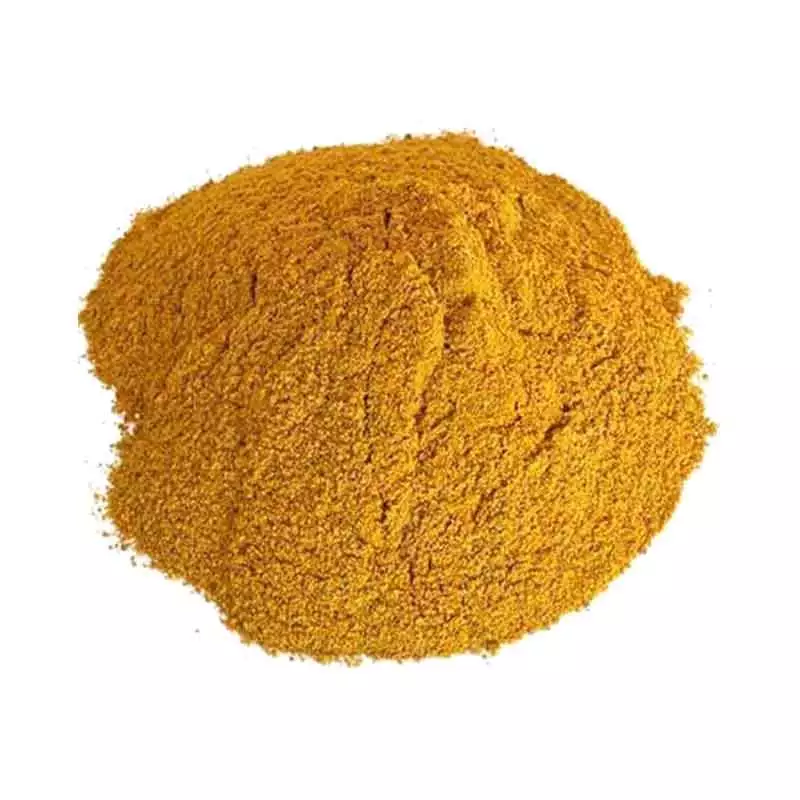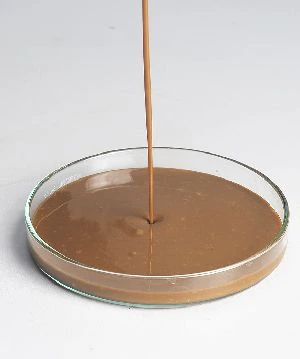Millet
|
IUPAC Name |
: - |
|
Cas Number |
: 90082-36-3 |
|
HS Code |
: 100829 |
|
Formula |
:
|
Basic Info
|
Appearance Name |
: Grayish brown ovals seed with furrowed surfaces |
|
Common Names |
: Millet |
|
Packaging |
: 25 kg for small bags, 1000 kg for big bags |

---singapore-origin.webp)

---china-origin.webp)

 English
English
 Indonesian
Indonesian
 简体字
简体字
 العربية
العربية
 Español
Español
 Français
Français
 Português
Português
 日本語
日本語
 한국어
한국어
 Tiếng Việt
Tiếng Việt
